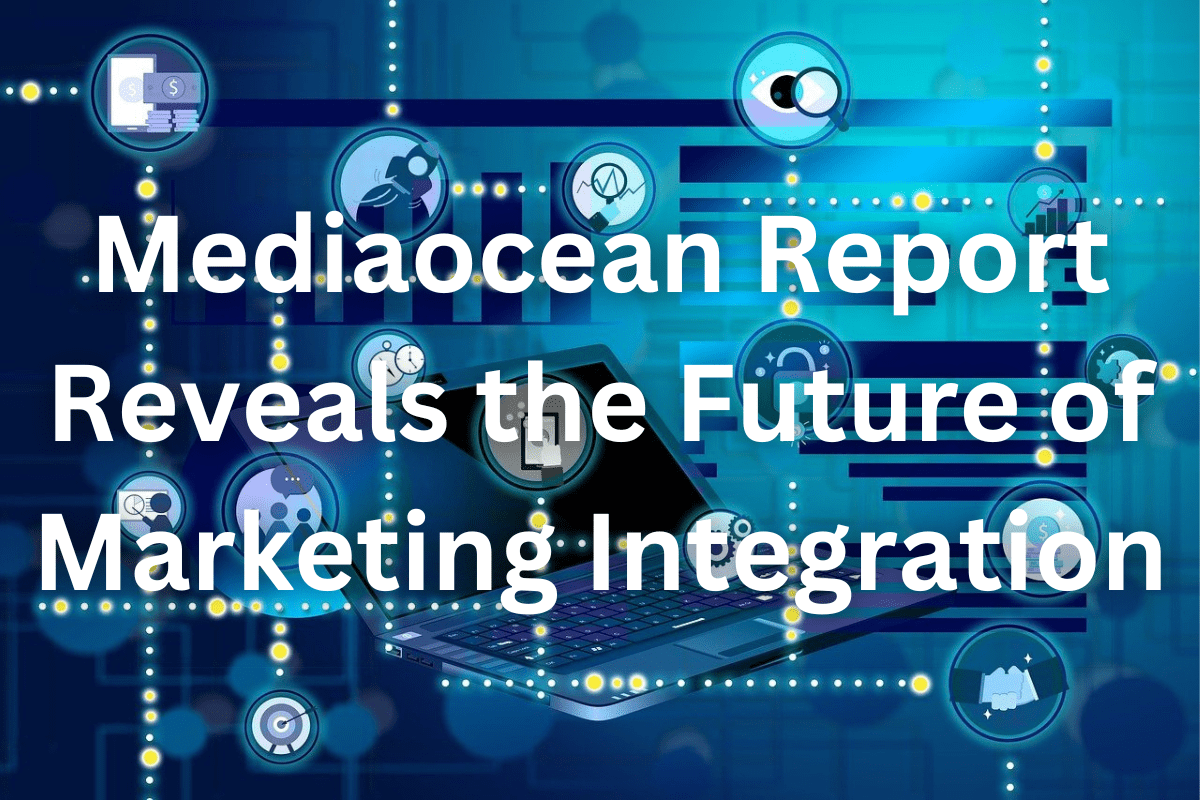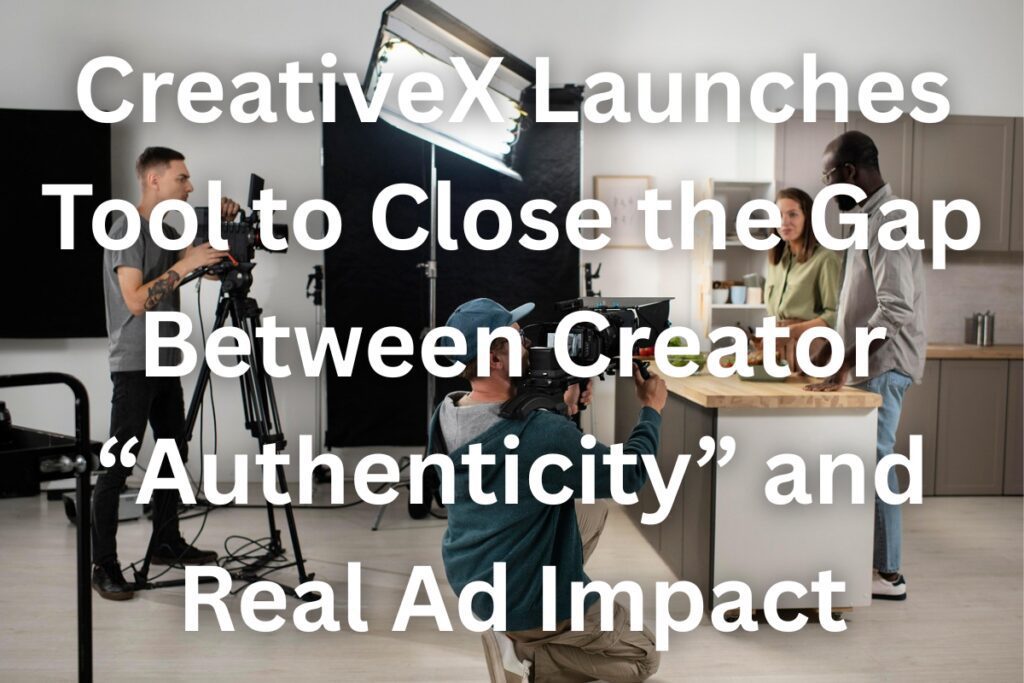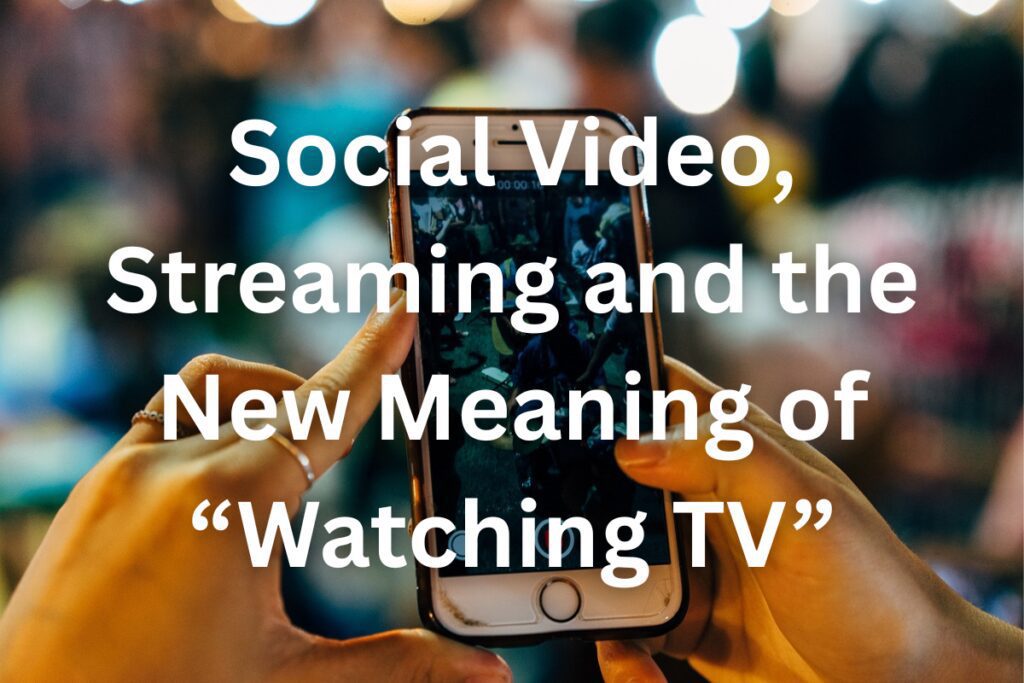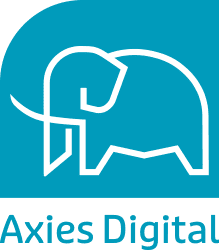The marketing and advertising industry is on the brink of a revolution as businesses grapple with the best ways to integrate artificial intelligence (AI) into their operations.
Mediaocean’s latest report, based on surveys of nearly 700 marketing and advertising professionals in November 2024, sheds light on the challenges, opportunities, and trends shaping the industry.
AI: A Tactical Tool or Strategic Ecosystem?
One of the report’s standout findings is the tactical application of AI across specific functions rather than its integration as a cohesive, system-wide solution.
The most common uses include data analysis (47%), market research (38%), copywriting (32%), and image generation (22%). While these numbers highlight the growing adoption of AI, they also underscore a fragmented approach.
The CEO and Principal of Madison and Wall emphasised the need for marketers to think bigger. The key factor driving AI adoption is the ongoing need for efficiency, they explained.
However, focusing solely on individual functions limits the transformative potential of AI. The report reveals that only 14% of advertisers feel their creative and media are fully synchronised, pointing to significant room for improvement.
By prioritising holistic strategies over piecemeal implementations, marketers could unlock greater efficiencies and creative synergies, driving stronger overall performance.
Better Integration Equals Better Results
The disconnect between creative and media strategies raises a fundamental question: if marketers agree that better creative leads to better media performance, why aren’t the two more tightly aligned?
The report highlights the importance of integrating AI across entire ecosystems to move beyond short-term results and embrace a more strategic mindset.
Furthermore, the findings challenge marketers to rethink their approach, shifting focus from tactical tools to comprehensive, long-term strategies that synchronise creative and media efforts.
The Cookieless Future and Measurement Challenges
While marketers seem less concerned about a cookieless future compared to previous years (39% in 2023 versus 31% in 2024), the challenge of measuring campaign effectiveness on the open web remains.
With Google planning to introduce more prominent consumer opt-out mechanisms, advertisers are exploring multi-ID measurement solutions across formats, browsers, and devices.
This urgency highlights the need for more robust measurement tools that can adapt to the changing digital landscape and provide deeper insights into campaign effectiveness.
Digital Channels Dominate Ad Budgets
Digital media continues to dominate advertising budgets, with social media, digital display/video, and connected TV (CTV) being the fastest-growing channels.
According to the report, 68% of respondents plan to increase their social media spending, 67% will increase investments in digital display/video, and 55% will boost CTV budgets.
Notably, a significant portion of marketers also plan to maintain their investments in these channels, showcasing their enduring importance in the advertising ecosystem.
Conclusion: The Road Ahead for AI in Marketing
Mediaocean’s report paints a vivid picture of an industry in transition. While AI’s tactical applications are driving efficiencies, the fragmented approach limits its full potential.
To truly revolutionise marketing strategies, businesses must embrace AI as a holistic, integrated tool rather than a collection of isolated functions.
As digital media continues to grow and challenges like a cookieless future loom on the horizon, marketers have an opportunity to reimagine their strategies. By synchronising creative and media efforts, focusing on long-term goals, and adopting robust measurement solutions, the industry can unlock new levels of innovation and success.
The key takeaway? The future of marketing lies in thinking big, integrating seamlessly, and always striving for smarter, more strategic solutions.









